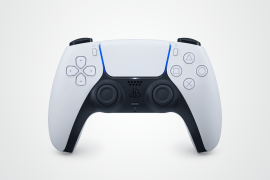You won’t be able to tell the difference between PS4 Pro games and ‘proper’ 4K
A deep-dive into the genius of the Pro with Mark Cerny, the genius who made it
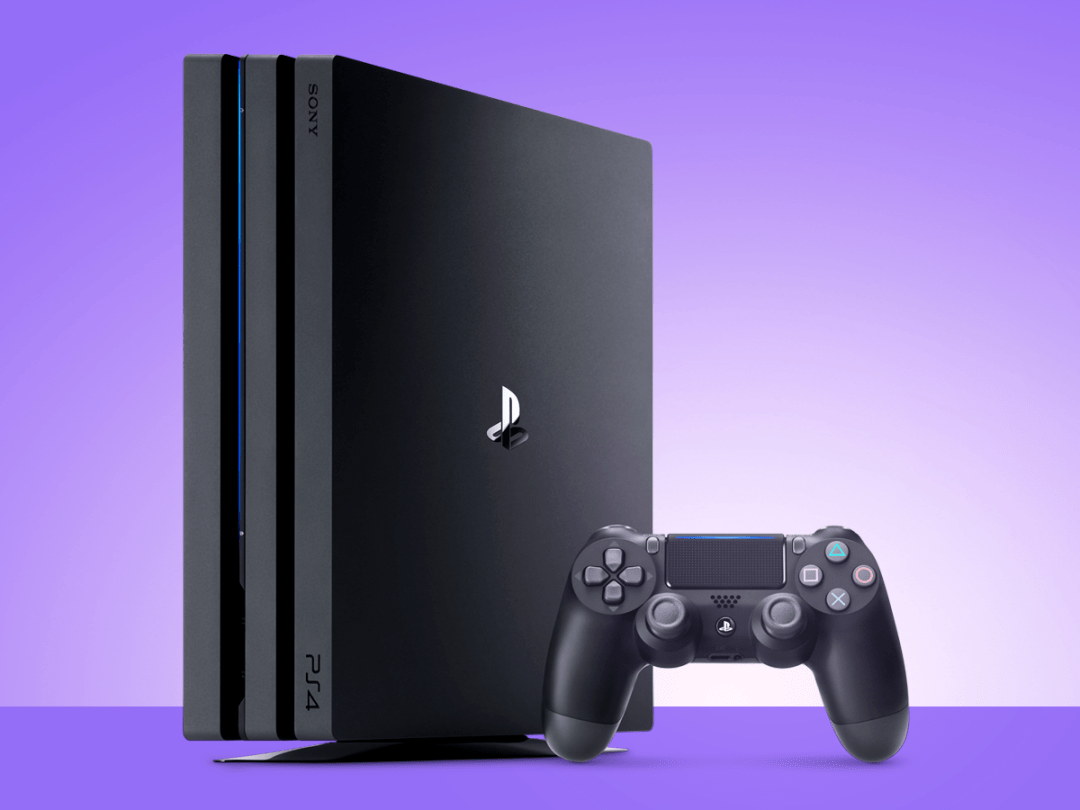
The PS4 Pro is available to buy right now, and it’s awesome!
But there still seems to be loads of confusion out there about what the machine actually does. I mean, does it do ‘proper’ 4K or does it just upscale your games?
The short, annoying answer is: it’s complicated.
The longer answer is that while some games can run on the PS4 Pro in native 4K (Mantis Burn Racing and Skyrim Special Edition are early examples), they are and will continue to be a rarity. Most games will have a native resolution that’s somewhere in the region of 2K and will be upconverted to 4K.
But here’s what matters: the PS4 Pro’s upconversion magic is so clever and advanced, it can be really, really hard to tell the difference between it and native 4K.
How do I know? Because I’ve seen the side-by-side comparison, and were it not for the fact that I was standing a foot away from the screen and had Mark Cerny (you know, the bloke who designed the PS4 and Pro) pointing out the differences, I would never have spotted them myself.
In short, games played on the PS4 Pro can look like ‘proper’ 4K even when they’re not.
Interested in the how and why of it all? Allow me to (try to) explain.
This is about so much more than simple upscaling
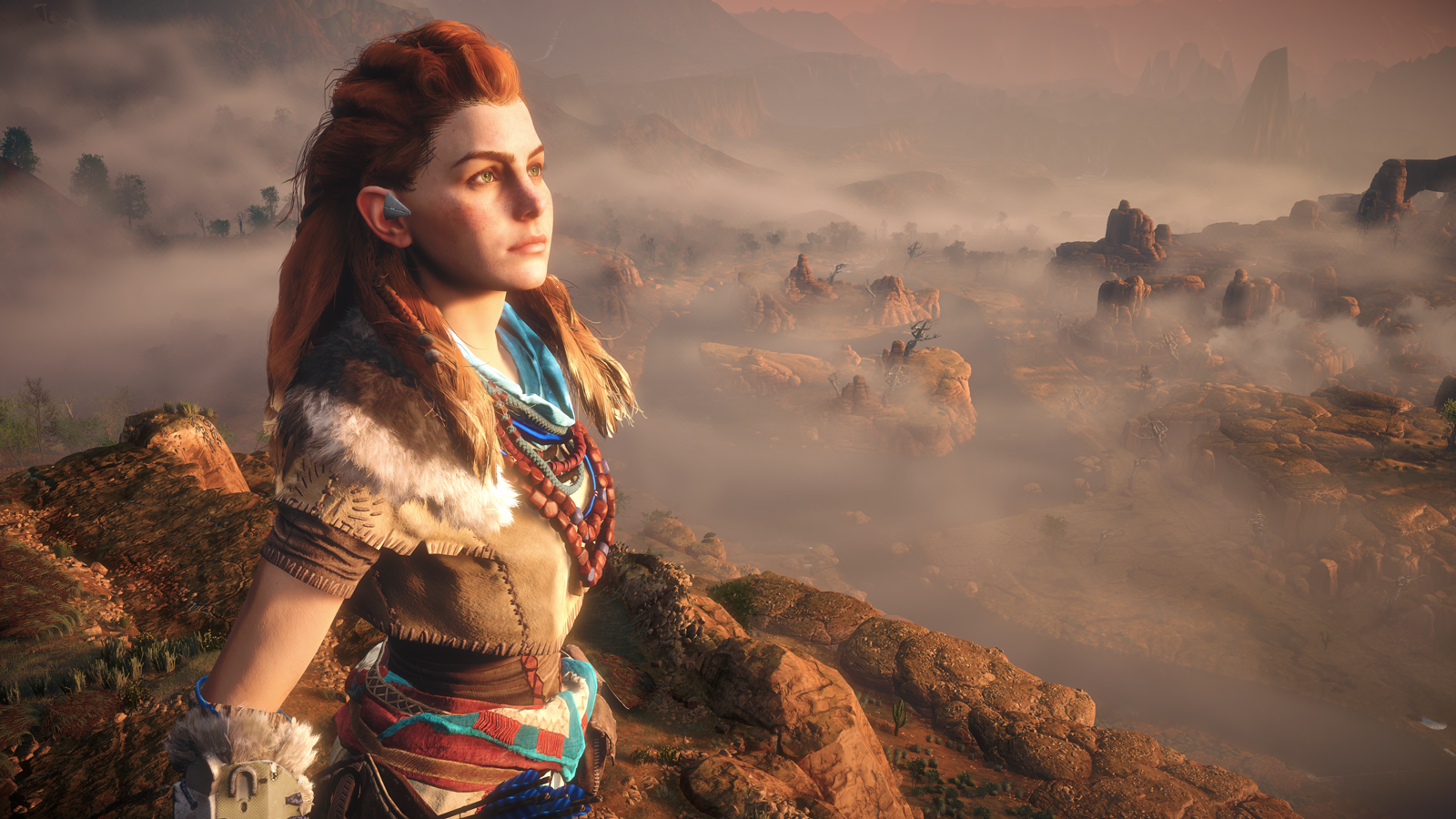
If you’ve ever played a PS4 game on a 4K TV, it’s been upscaled. Ditto any DVDs or (non-4K) Blu-rays you’ve watched, and TV shows from Sky or the Freeview tuner; if it’s been displayed on a 4K TV and didn’t start life in 4K, it’s been upscaled to fill the resolution of the screen.
In the examples above, it’s the TV doing the upscaling. It’s receiving a picture comprising of around 2 million pixels (or fewer) and stretching it to fit its 4K display by filling the 6 million empty pixels with what it thinks is supposed be in them.
If you’ve got an Xbox One S plugged into your 4K TV and it’s set to output at 4K resolution, it’s the Xbox that’s doing the upscaling. Generally speaking, it’ll do a better job of it than your TV will – it’s just a more powerful, brainier machine that can better guess what should fill the empty pixels.
The PS4 Pro, though, goes way beyond upscaling.
Firstly, practically all of the games that are designed to take advantage of the PS4 Pro’s powers (there are 36 right now) start at a higher resolution than 1080p, and that makes any upconversion or upscaling more simple because there are fewer empty pixels that need filling.
Secondly, the PS4 Pro has something called an ID buffer. In simple terms, this is a totally new, unique method of identifying the edges of objects and of tracking those edges as they move from frame to frame.
And thirdly, the PS4 Pro uses two, extremely advanced rendering techniques that make use of the ID buffer – and also make a mockery of simple upscaling.
The science bit
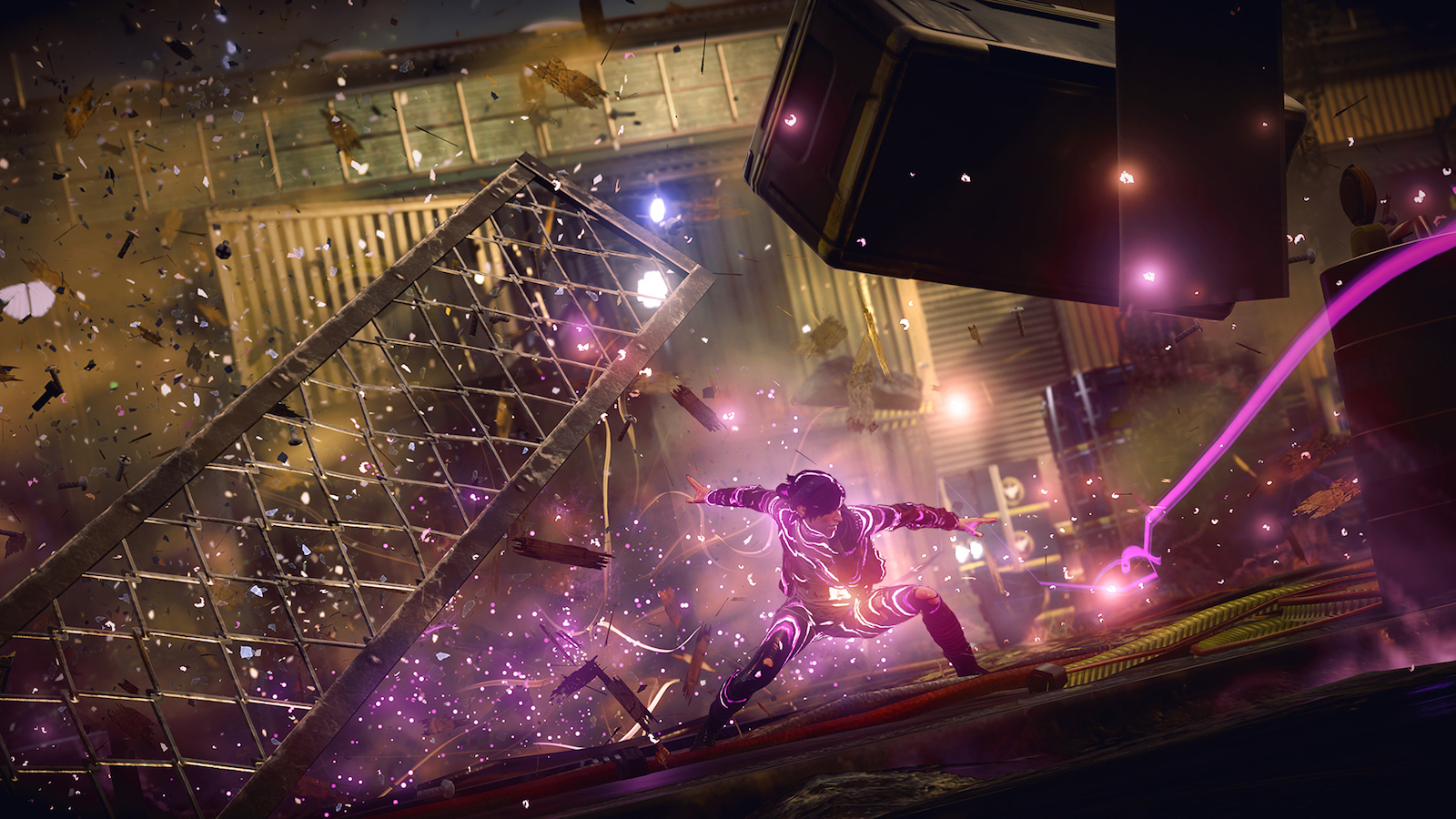
Needless to say, I am not an engineer, and even after an hour of explanation from Mark Cerny himself I do not fully comprehend how these techniques work. What I do know is the broad strokes, which I’ll attempt to convey without exposing myself as an utter buffoon.
The first of the two main techniques the PS4 Pro uses is a very advanced type of geometry rendering that’s designed to make edges crisper without requiring much in the way of extra processing power, while the second is a type of super-sampling that you’ve probably heard mentioned a million times in the weeks since the Pro was announced. Yep, we’re talking checkerboard rendering.
You see, the problem with using geometry rendering alone is that while you get those really crisp edges, which essentially look like native 4K, the actual textures stay at the original, lower resolution.
As an example, Cerny showed me a still image from inFamous: First Light, with a heavy magnification on the face of the main character, Fetch. In standard 1080p it was clear this was a woman’s face with all of the features you’d expect a face to have in all the correct places, but there was very little in the way of detail or definition.
Cerny then flicked on the geometry rendering and those crisp edges appeared, making the features of her face more distinct, to the extent that it was possible to tell the expression on her face for the first time. “She’s pissed off!”, as Cerny put it.
Haters of jaggies will be delighted to learn that this object ID-based based rendering has an entirely transformative effect on edges, turning a drooping telephone wire from a sequence of steps into a smooth, sharply defined line.
But while we’ve got some quite incredible added sharpness here, we’re not actually seeing any extra texture, so the bits between the crisp edges are just as blurry as they were in the standard 1080p image. That’s where the checkerboarding comes in.
You might also like › How to cut your PS4 Pro load times in half
When pixels get exotic
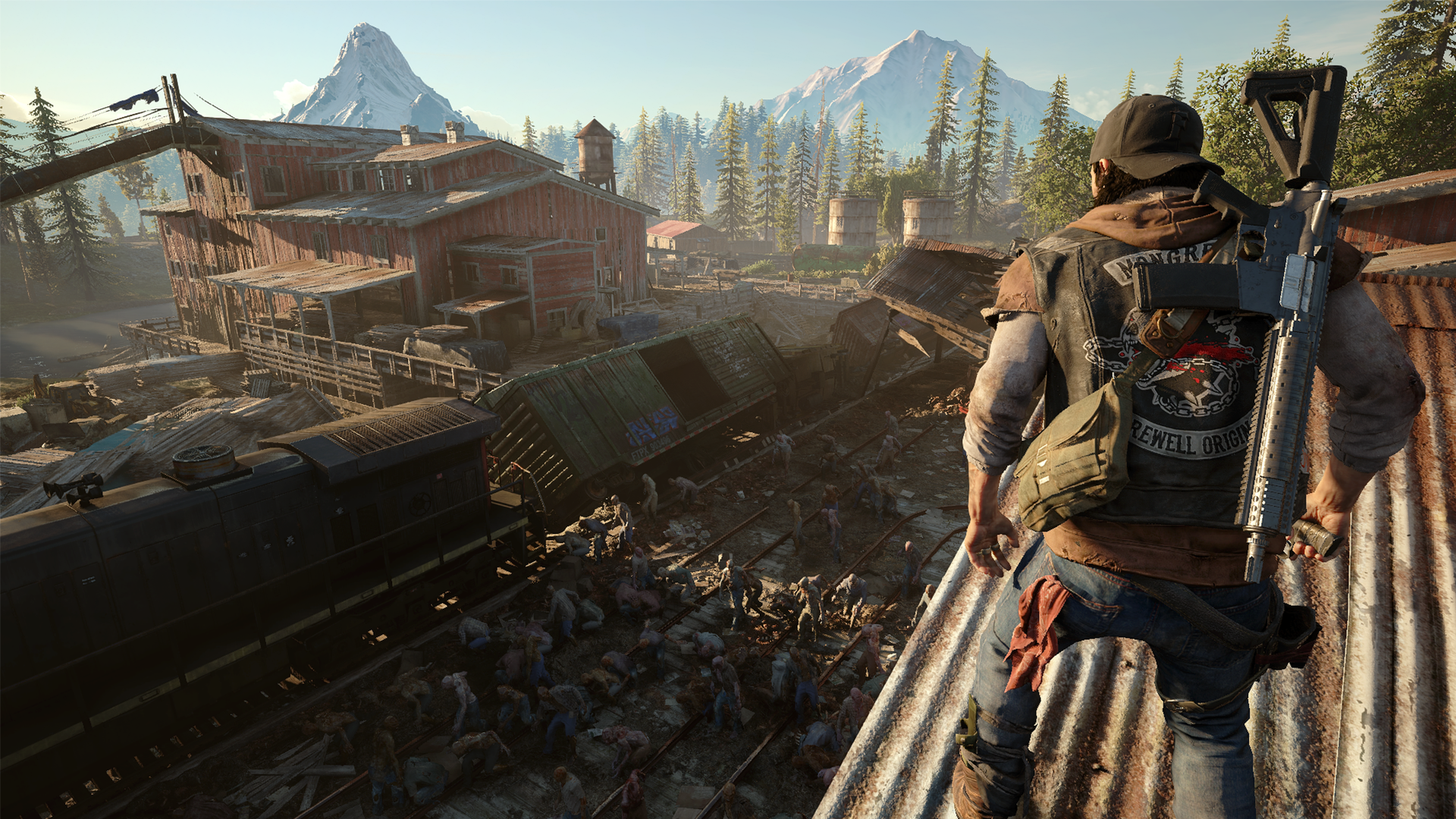
I’m going to be honest – a good deal of this flew over my head, but in essence this is about using “exotic” pixels that each contain one colour, two z values (which dictate where the pixel appears in 3D space), and two IDs (used to track the object). Most obviously, these pixels aren’t even square – each one is the width of two standard pixels.
These pixels allow colour to be calculated in twice the number of locations compared to 1080p, and the z values and ID are being calculated as if they were native 4K.
I’ve lost you, haven’t I? If I’m honest, I’ve lost myself, so here’s Mark Cerny’s own summation: “Checkerboard rendering makes edges super-crisp, like geometry rendering does, and on top of that it adds internal detail in a number of ways.”
To demonstrate, Cerny flicks another switch to add checkerboard rendering to the inFamous: First Light image that had already been sharpened by the geometry rendering. Not only was a further degree of crispness added, but the overall detail jumped massively. It was suddenly possible to make out individual teeth and the shading gradients in her eye makeup.
Of course, what really matters is how the games look in action, so as well as seeing these techniques layered on to a still image, Cerny demoed inFamous: First Light running in real-time on two displays: one at native 4K (the frame-rate had been lowered so it would actually run) and one using the Pro’s two rendering techniques. This is the demo I mentioned in the intro and I’m entirely serious – if I had been sitting at even a vaguely normal distance from the TV, I’m pretty sure I wouldn’t have been able to spot the differences. Even a few inches from the screen (a top-of-the-range, 65in Sony ZD9) they were hard to find without Cerny’s help.
We played the same, extremely tricky game of spot-the-difference with upcoming bikers vs zombies adventure Days Gone, so while results will undoubtedly vary from game to game, it’s clear to me that when implemented well, the PS4 Pro’s geometry and checkerboard rendering techniques are capable of making games look so good that they’re practically indistinguishable from native 4K.
Crucially, implementing either of these rendering techniques is apparently quite straightforward. PlayStation supplies reference code for both, and Cerny says geometry rendering can be added in “a matter of days” by a single programmer, while that same programmer could implement checkerboard rendering in “typically a few weeks”. That means there’s no good reason for a developer to not take advantage of the extra power of the PS4 Pro, which is presumably why Sony feels justified in insisting on it for every PS4 game that’s released from this point forth.
That’s not to say that every studio is using those specific rendering techniques. Insomniac and Ubisoft, for example, are using a completely different approach for Spider-Man and For Honor respectively. It’s called “temporal injection”, and Cerny himself admiringly describes it as “very sophisticated”.
Should you upgrade? › Sony PlayStation 4 Pro vs PlayStation 4
But why didn’t Sony simply make a more powerful Pro that does native 4K?
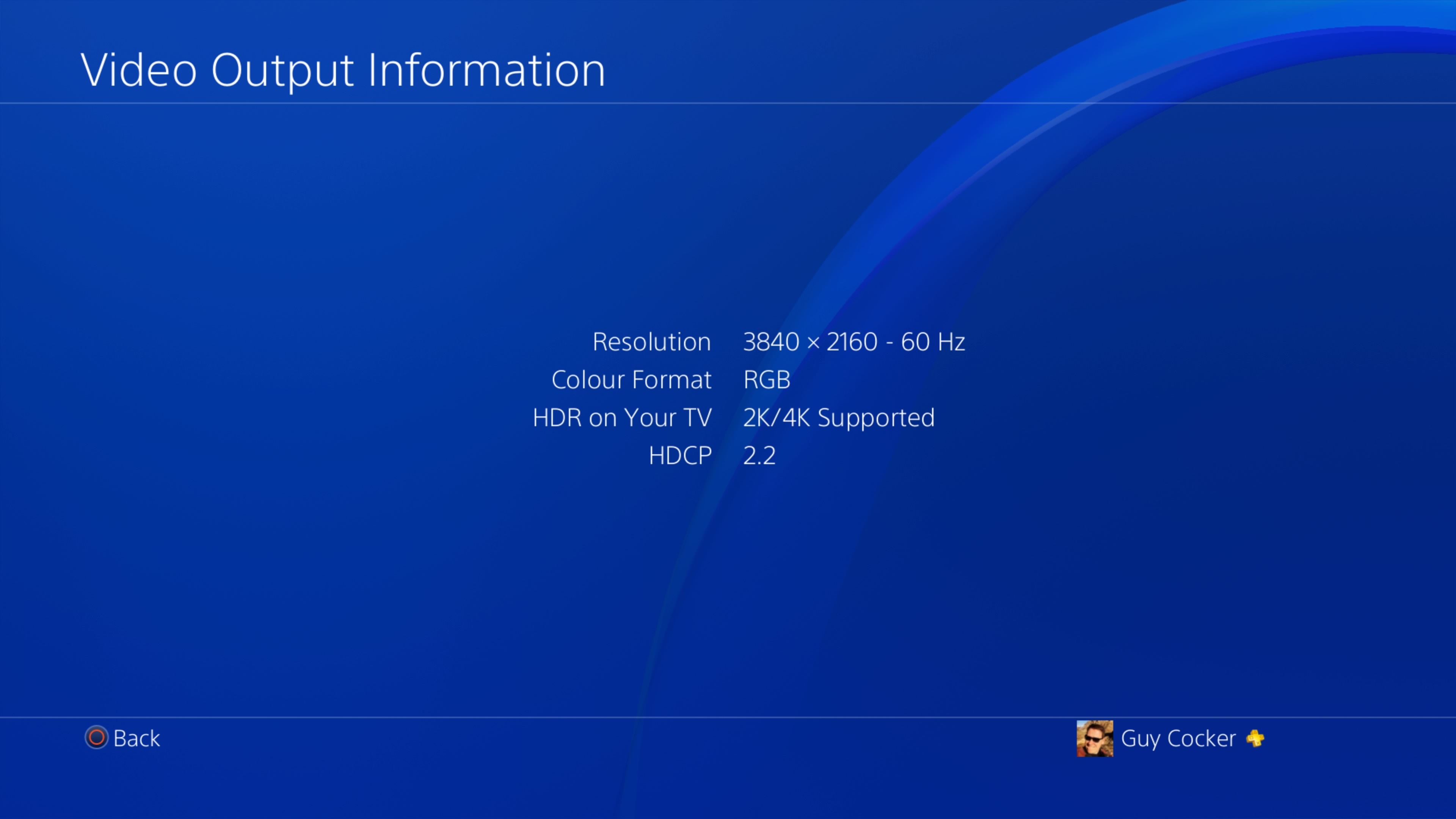
Great question! The answer is that it would have required changing the components used to power the console and that in turn could have created compatibility issues with the 700-odd PS4 games that are already out in the wild.
For that reason, instead of completely changing the components, Sony elected to squeeze as much power as possible from those already in the PS4. For example, the same CPU is in both consoles, but in the Pro it’s been boosted to 2.1GHz from the 1.6GHz of the existing PS4.
The graphics processor, meanwhile, has been doubled in power by essentially being constructed from two of the standard PS4’s GPUs in a mirrored configuration that Cerny likens to the wings of a butterfly. Playing a non-Pro PS4 game? Half of the GPU switches off, leaving you with what is essentially the same graphics processor as the standard model, which means compatibility is guaranteed. When the GPU is in full-on Pro mode, though, you get 4.2 teraflops of power – that’s 2.28x more than the original PS4.
Why 2.28x rather than 2x? Clock speed has been given a little boost, too. What’s more, Sony has been able to take advantage of a number of new features that have been added by Radeon to its Polaris range of GPUs, upon which the PS4’s graphics unit is based.
Games have been given a little bit of extra, super-fast GDDR memory to play with, too, thanks to media apps such as Netflix being moved to a new, dedicated stick of standard RAM of their own.
To cut a spec-tastic story short, Mark Cerny believes Sony has pushed the power of the PS4 as far as it can possibly go while guaranteeing that all existing games work flawlessly. That’s what makes the PS4 Pro a mid-generation upgrade of a console rather than a whole new generation.
This is not the PlayStation 5. That will come one day, but in the meantime the PS4 Pro is an exceptionally innovative way to scratch that 4K gaming itch.
Read more › Sony PlayStation Pro review


